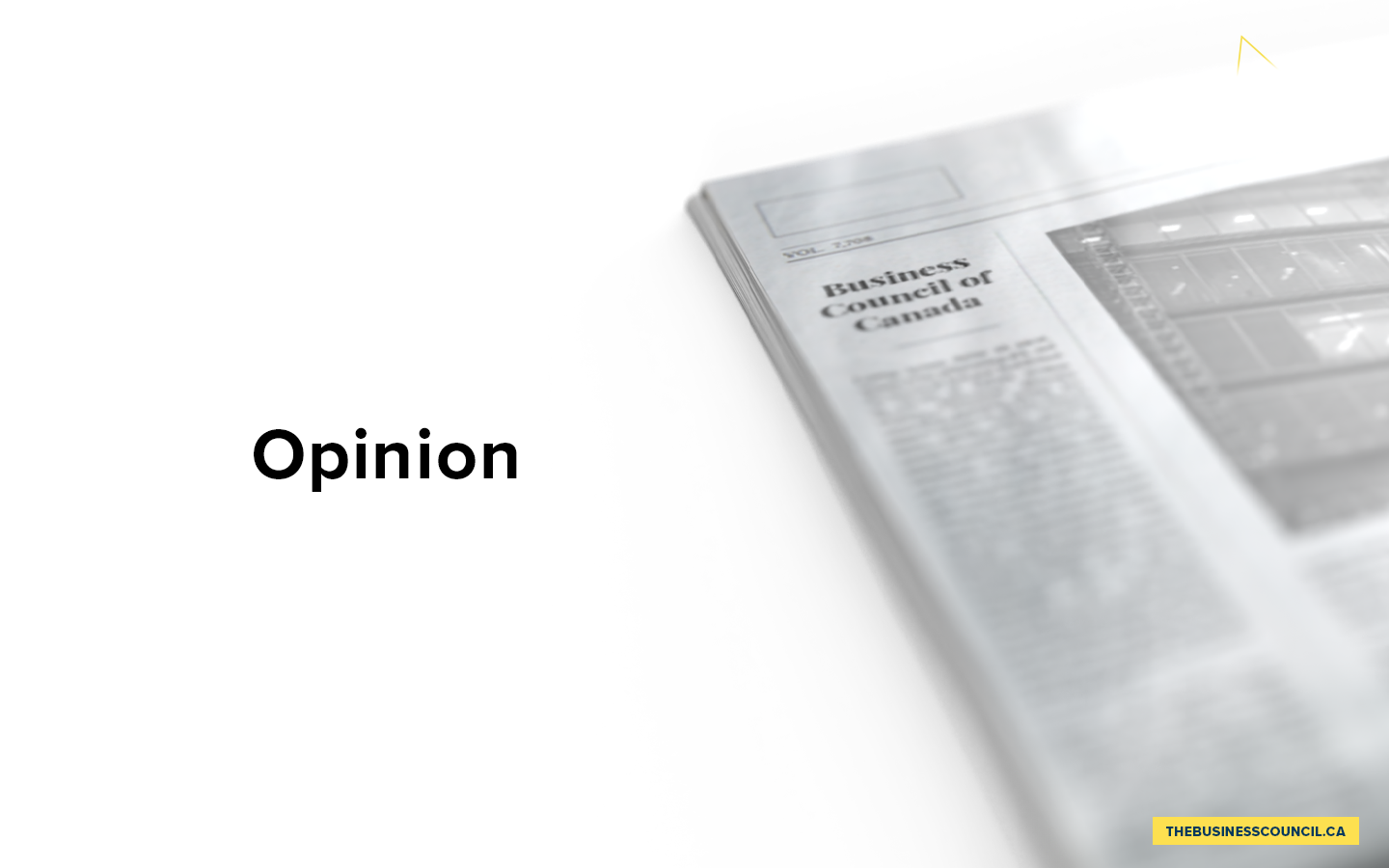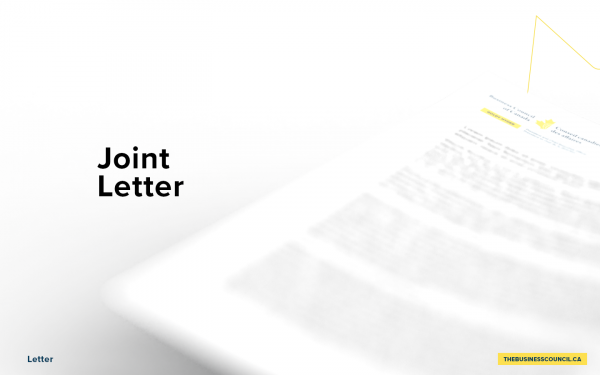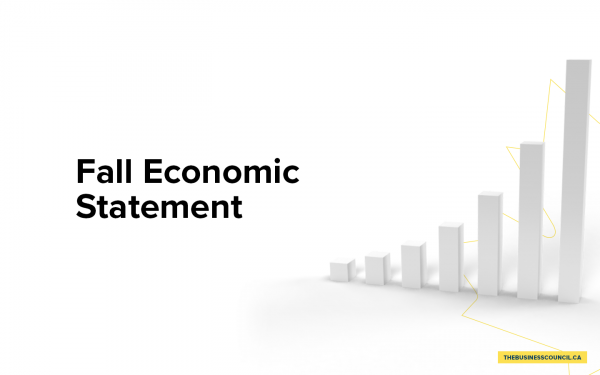We lost our fiscal anchor. We’re going to need a new one.
WE LOST OUR FISCAL ANCHOR. WE’RE GOING TO NEED A NEW ONE.
DATE: September 8, 2020
PUBLICATION TYPE: Articles
RELATED ISSUES
Corporate / Public Governance, Jobs and Skills, Macroeconomic and Fiscal
SHARE THIS PAGESEARCH PUBLICATIONS
PUBLICATIONS ARCHIVES: ARTICLES
Select a year 2020 2019 2018 2017 2016 2015 2014 2013 2012 2011 2010 2009 2008 2007 2006 2005 2004 2003 2002 2001 2000 1999 1998 1997 1996 1995 1994 1993 1992 1991 1990 1989 1988 1987 1986 1985 1984 1983 1982 1981 1980
The COVID-19 pandemic has touched virtually every aspect of Canadian public policy. Its public health effects are the most significant priority in the short run. But its substantial economic and fiscal effects may be even more significant over the long run.
The pandemic will continue to suppress economic activity for the foreseeable future. Even if a successful vaccine facilitates the return to a more “normal” world in the coming months, Canada and many other countries will come out of this crisis with significant economic and fiscal scars.
In a best-case scenario, the federal government’s deficit for the current fiscal year will come under $450 billion and the federal public debt will be well in excess of $1 trillion (which is about half the size of our economy). Unemployment will likely hover around nine or ten per cent – four percentage points or so higher than before the pandemic struck Canada.
Canada was already facing significant economic headwinds before COVID-19, including declining productivity, a rapidly aging demographic, a challenged natural resources sector, and a less reliable global trading order with rising geopolitical tensions. These challenges have not disappeared. In fact, many of them have been exacerbated. We face significant short- and long-term economic challenges.
This raises many questions about the role of fiscal policy going forward, most notably:
- What is the appropriate level of fiscal support as we transition from stabilization to recovery, and what fiscal anchor should we adopt going forward? If we need a new fiscal “ceiling”, what should it be?
- What is the best use of fiscal policy to support economic recovery and a return to higher rates of growth?
In an economic crisis, budgetary deficits serve a purpose. They effectively supply surplus income to the economy. The government’s July 8 economic snapshot informed us that, according to Finance Canada’s modelling, real GDP could have fallen by more than 10 per cent in 2020, and unemployment could have risen by a further two percentage points, without extraordinary federal spending.
The snapshot also estimated that pandemic-related economic and fiscal developments – mainly in the form of a massive drop in government revenues – added $81 billion to the deficit in 2020-21. That is even before accounting for the fiscal costs of the COVID-19 Economic Response Plan’s extraordinary spending. That estimated cost was $236 billion, leading to a projected deficit of $343 billion. Since the July snapshot, the government has announced additional COVID-related spending, including new Employment Insurance measures ($37 billion over two years) and additional help to provinces and territories ($2 billion).
That is considerable new spending in a relatively short period of time. In only a few months, the deficit went from about 1.5 per cent of GDP pre-COVID to over 16 per cent of GDP now.
Interest rates versus GDP growth rate
One popular assumption about deficits is that as long as interest rates (i.e. bond rates on rollover debt) stay lower than GDP growth, the debt-to-GDP ratio won’t get out of control and overall debt will continue to be manageable. Because current interest rates are historically low (with support from central banks), the cost of managing the federal debt is unlikely to become a huge concern or liability in the short term. The problem, of course, is that when interest rates rise, debt servicing costs become significantly more expensive to finance. This is a risk we need to acknowledge. Irrespective of where interest rates will be in two or six or eight years, the more money you borrow and the more debt you carry, the higher your debt servicing will become over time.
How much debt is too much before you run into problems with creditors and credit-rating agencies? Unfortunately there is no “hard” universal number. Some countries with high debt-to-GDP ratios are able to borrow at very favorable rates (Japan); others with smaller ratios (Argentina) can run into considerable fiscal challenges.
Even if interest rates stay relatively low over time, governments run into trouble when they cannot manage debt repayment without affecting core government programs and raising taxes.
Why do we need a fiscal anchor?
Fiscal anchors serve as notional ceilings or caps to the levels of public spending, deficits, and debt that governments are prepared to reach in their fiscal policy. They serve many purposes including:
- Retaining the confidence of lenders and global markets (i.e., credit access at favorable rates);
- Establishing a positive investment climate for businesses;
- Providing a measure of fiscal discipline inside government. If the Finance Minister doesn’t have one, it becomes very difficult for her to put any sorts of constraints on her colleagues in Cabinet and caucus; and
- Ensuring that the government has the ability to respond to future economic shocks and unforeseen crises.
Before COVID-19, the current government’s fiscal anchor was a decreasing debt-to-GDP ratio. That anchor has disappeared.
The question before the government is: what should its fiscal anchor be going forward?
A two-step approach may be warranted. It is difficult to know how and when the current crisis will subside. Absent a universal vaccine, the economy will continue to perform under capacity for some time. Continued income support could be needed for some individuals and certain sectors of the economy.
But as the recovery continues and key economic indicators show continued progress, a new fiscal anchor will be needed to put federal finances back on a sustainable path. Spending as a percentage of GDP may be a more realistic and useful anchor going forward.
Policymakers must be laser-focused on the qualitative nature of fiscal policy. Not all deficits are equal in what they produce and generate in economic outputs. As an example, there is a qualitative difference between sending $300 cheques to all Canadians irrespective of their income and R&D spending focused on innovation and productivity. Money spent on one program is not available to be spent elsewhere, so opportunity costs become important. One can dispute the value of one program over another, but choices governments make today are consequential.
The best way to promote recovery and long-term growth is to focus on policies that will make our economy more productive, more resilient and more inclusive. Investments in our human capital advantage, innovation and Canada’s productive capacity matter now more than ever. Let’s be smart about we do next. We cannot afford a lost decade with no growth.











